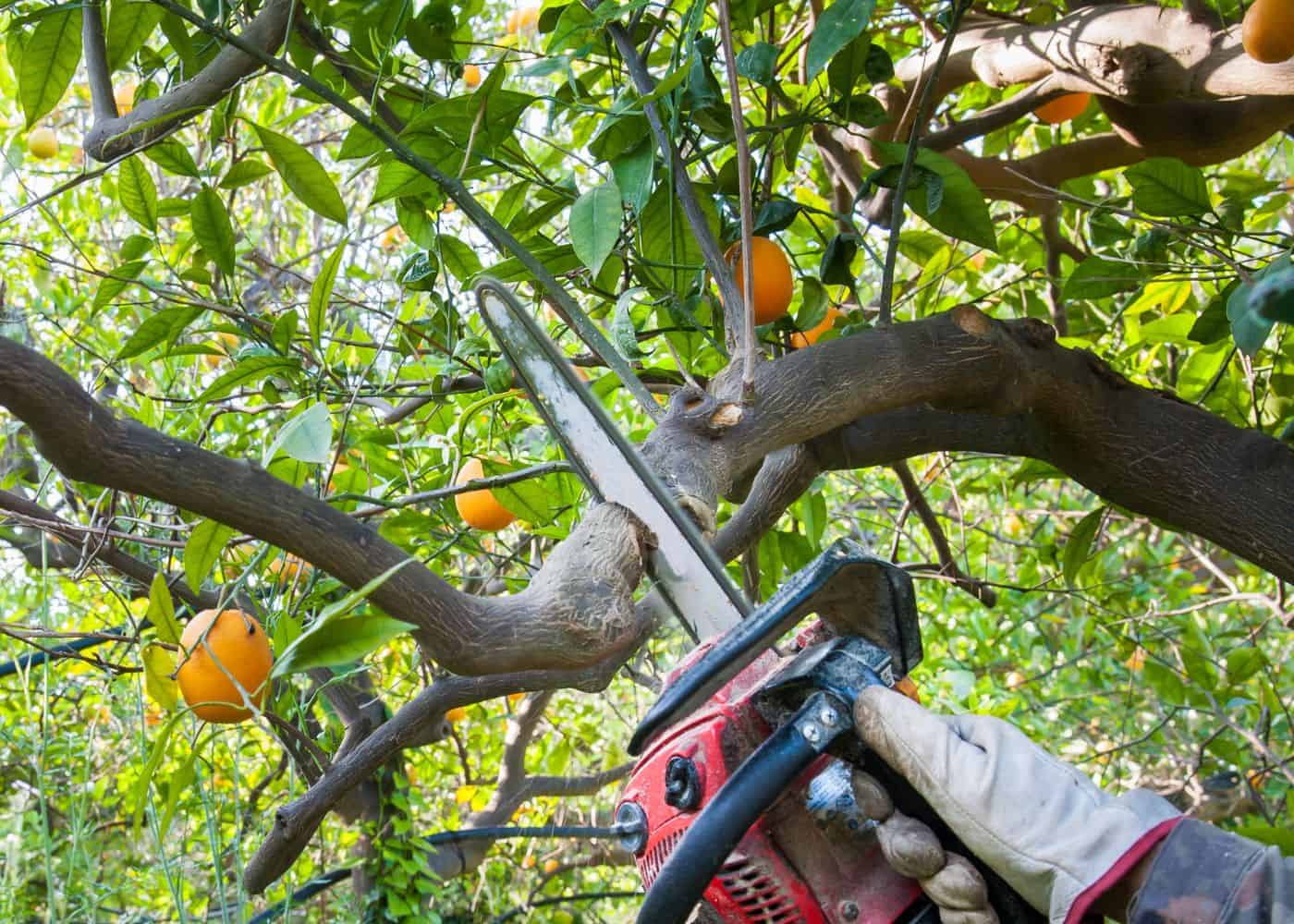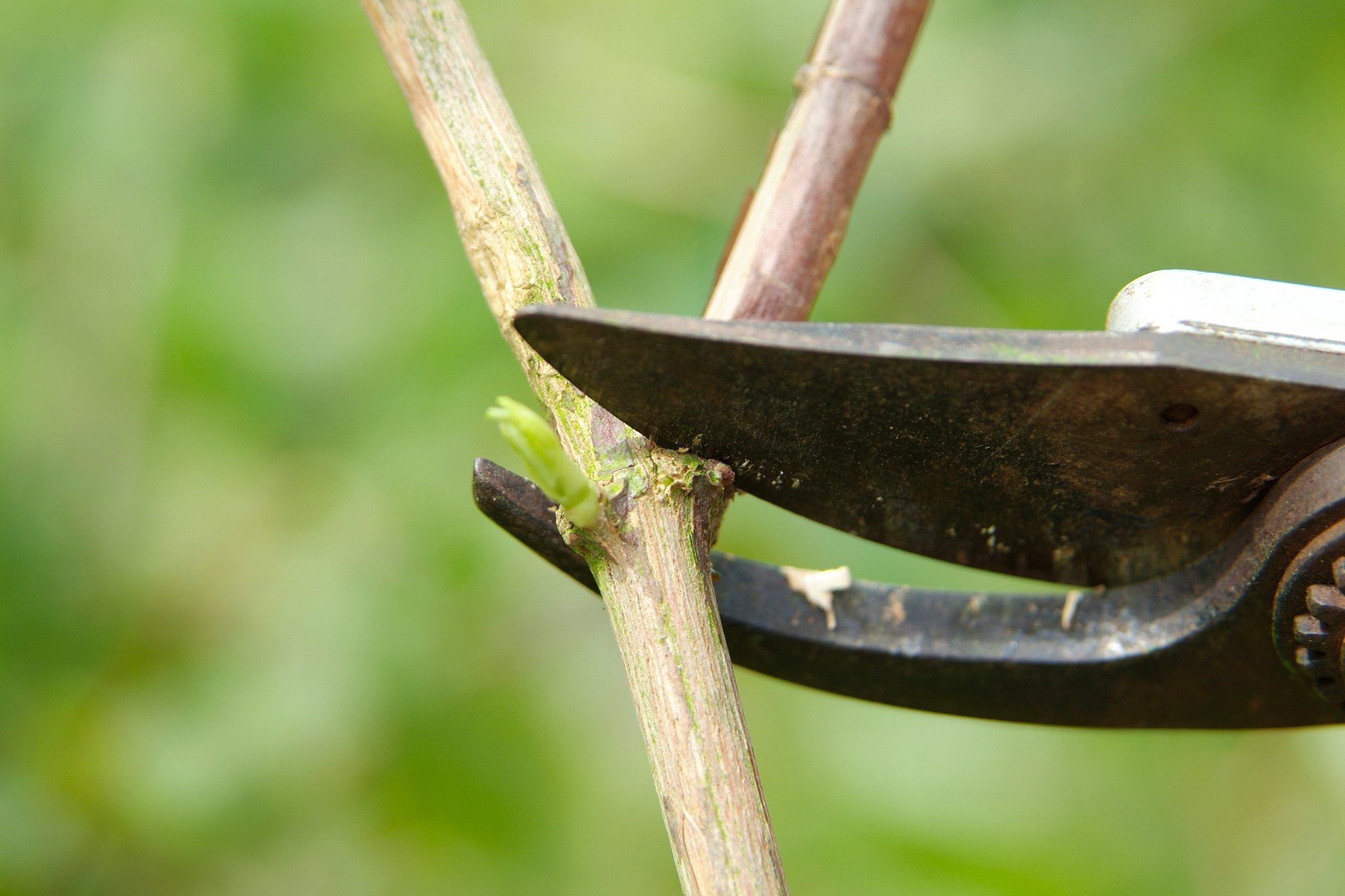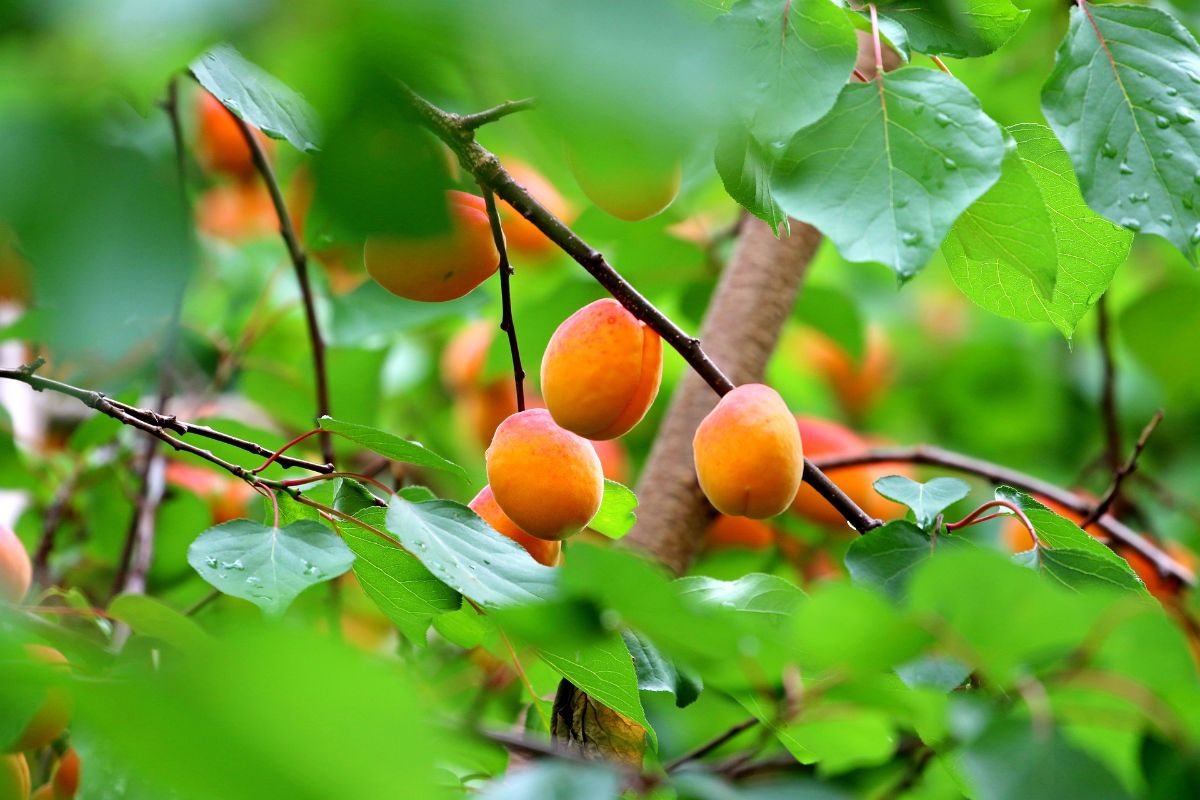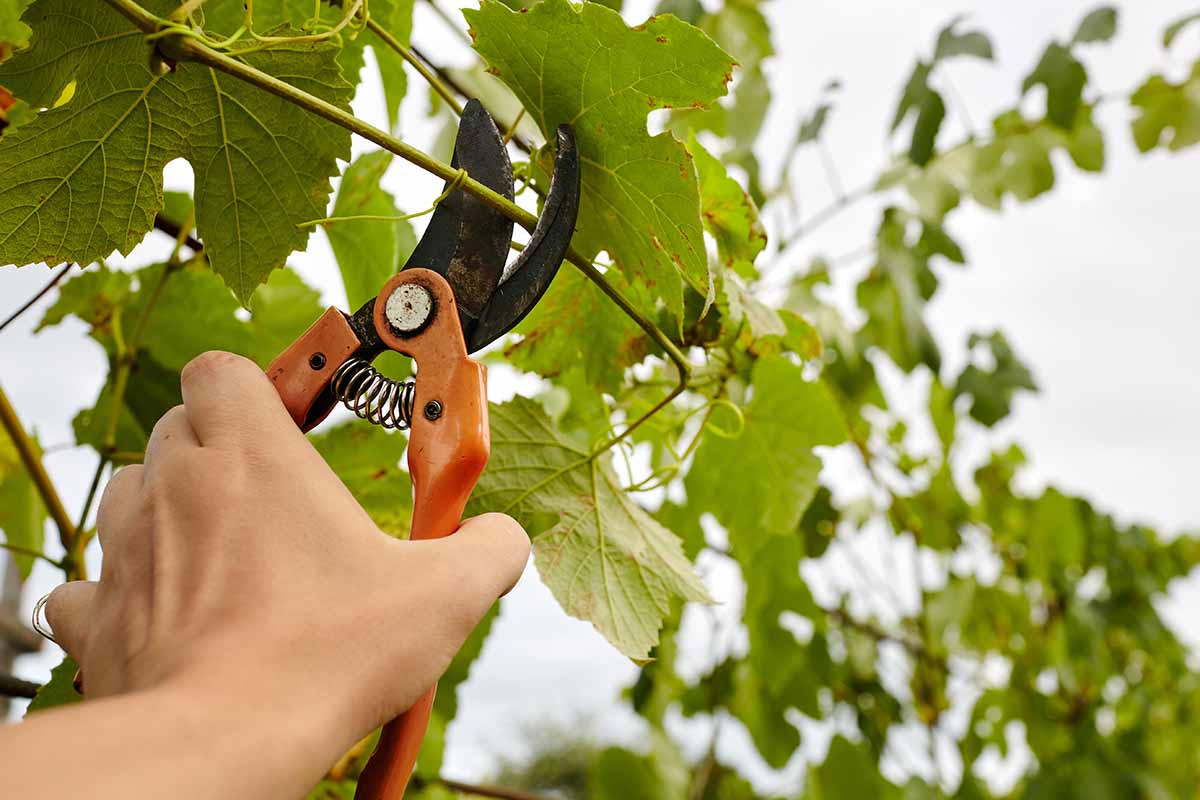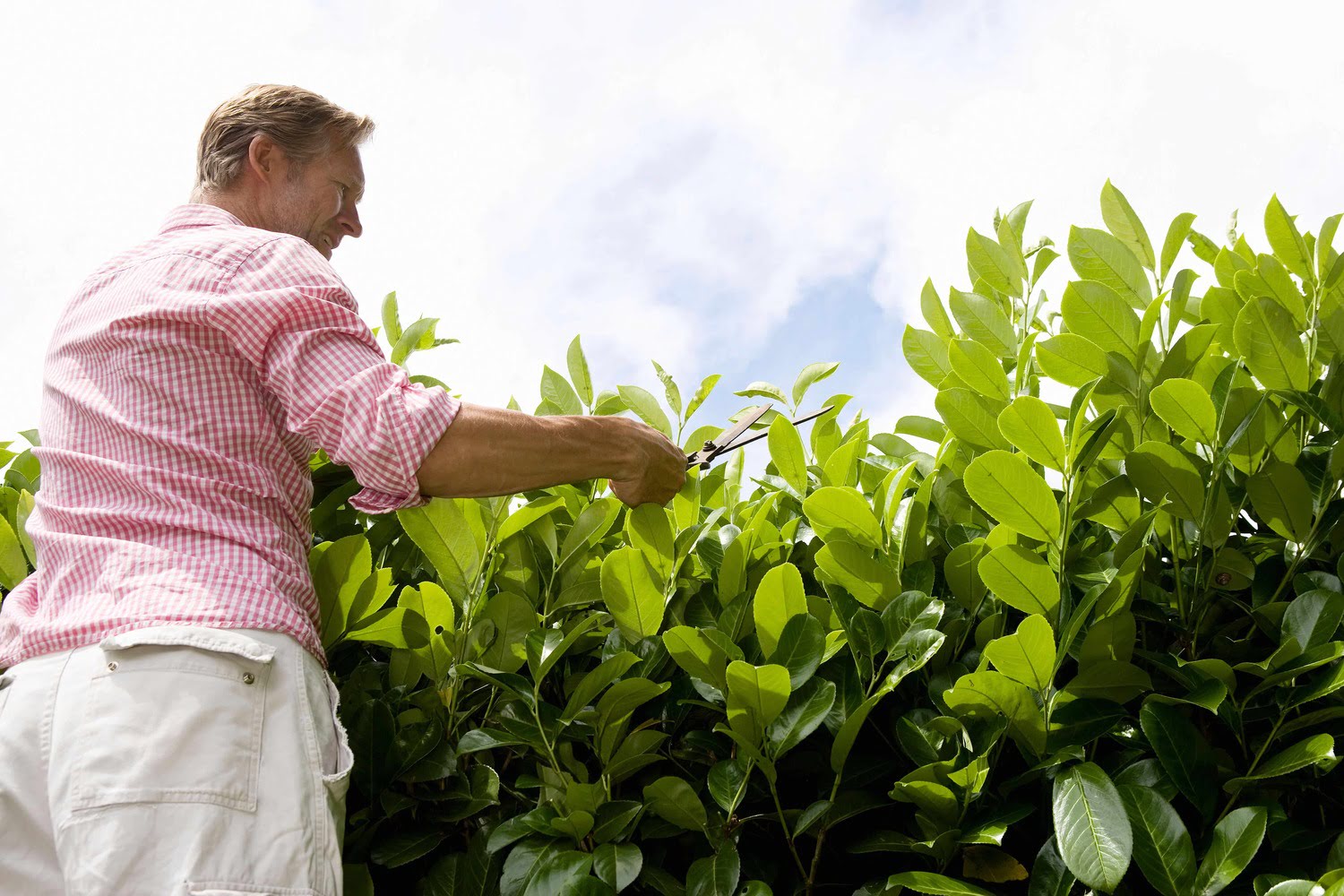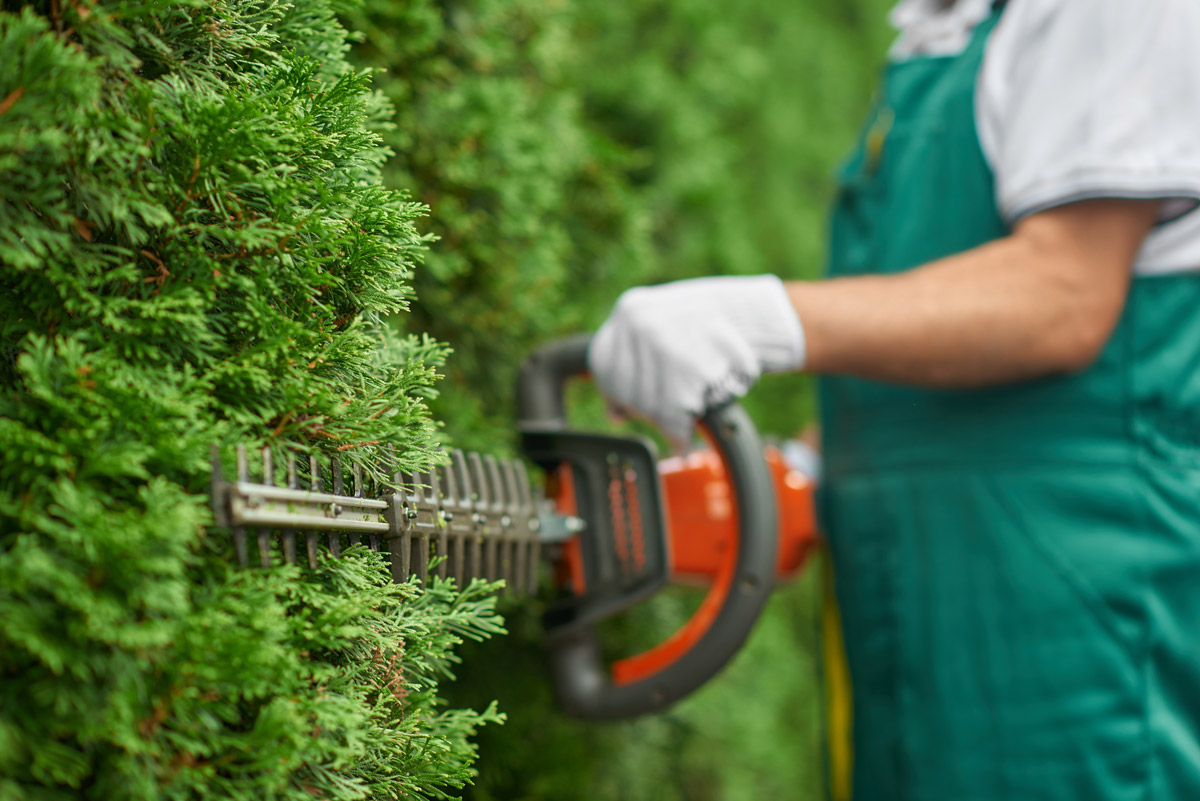Home>Gardening Techniques>Plant Care>When To Prune Basil Seedlings


Plant Care
When To Prune Basil Seedlings
Modified: January 22, 2024
Learn when to prune basil seedlings for optimal plant care. Discover the best time to trim and how it promotes healthy growth.
(Many of the links in this article redirect to a specific reviewed product. Your purchase of these products through affiliate links helps to generate commission for Chicagolandgardening.com, at no extra cost. Learn more)
Table of Contents
Introduction
Welcome to the wonderful world of basil seedlings! Whether you're a seasoned gardener or just starting out, understanding the art of pruning basil seedlings is essential for fostering healthy growth and maximizing their flavor potential. Basil, with its vibrant green leaves and distinctive aroma, is a beloved herb in the culinary realm and a delightful addition to any garden.
In this comprehensive guide, we will delve into the intricacies of basil seedling care, focusing on the optimal timing for pruning these delicate plants to encourage robust growth and flavorful foliage. By gaining insight into the best practices for pruning basil seedlings, you'll be well-equipped to nurture thriving plants that will elevate your culinary creations to new heights.
So, grab your gardening gloves and let's embark on a journey to discover the art and science of pruning basil seedlings. Whether you're cultivating basil indoors or tending to a bountiful outdoor herb garden, the knowledge and techniques shared in this guide will empower you to cultivate flourishing basil plants that will delight your senses and elevate your culinary adventures.
Understanding Basil Seedlings
Before delving into the intricacies of pruning basil seedlings, it’s essential to grasp the fundamental characteristics of these aromatic herbs. Basil seedlings, known for their tender and aromatic leaves, belong to the Ocimum basilicum species, which encompasses a diverse array of basil varieties, each with its unique flavor profile and growth habits. These seedlings typically emerge as delicate, small sprouts, sporting their iconic pairs of vibrant green leaves that exude a delightful fragrance.
When cultivating basil seedlings, it’s crucial to provide them with optimal growing conditions to support their development. These conditions include ample sunlight, well-draining soil, and consistent moisture levels to ensure robust and flavorful foliage. Understanding the growth patterns and requirements of basil seedlings is pivotal for guiding their journey from tender sprouts to flourishing plants ready for harvest.
As basil seedlings mature, they undergo distinct growth stages, transitioning from fragile shoots to bushy plants adorned with an abundance of aromatic leaves. During this growth process, basil seedlings develop lateral shoots and leaves, which ultimately contribute to their full-bodied flavor and lush appearance. By comprehending the growth dynamics of basil seedlings, you can discern the opportune moments to intervene with strategic pruning, thereby promoting vigorous growth and enhancing the overall quality of the foliage.
Now that we’ve established a foundational understanding of basil seedlings, we can proceed to explore the optimal timing for pruning these verdant wonders to unleash their full potential.
The Best Time to Prune Basil Seedlings
Timing is crucial when it comes to pruning basil seedlings to optimize their growth and flavor. The ideal juncture for initiating the pruning process is when the seedlings have developed a substantial number of leaves and are displaying robust growth. Typically, this stage is reached when the seedlings have produced at least six to eight pairs of leaves, signaling their readiness for pruning.
By waiting until the seedlings have attained this leafy abundance, you allow them to establish a strong foundation for continued growth, ensuring that the pruning process spurs further development rather than hindering it. At this stage, the basil seedlings have garnered sufficient energy through photosynthesis, enabling them to withstand the pruning procedure and redirect their resources toward producing new growth and enhancing the flavor concentration in the remaining foliage.
It’s important to approach the pruning process with a discerning eye, focusing on removing the top portion of the main stem and any dominant lateral shoots that have emerged. This strategic approach to pruning encourages the basil seedlings to branch out and develop a fuller, bushier form, promoting increased leaf production and a more robust flavor profile. By pruning at the right time, you can harness the plant’s natural vigor and channel it toward fostering a bountiful harvest of aromatic basil leaves.
Understanding the optimal timing for pruning basil seedlings is pivotal for nurturing healthy and productive plants. With this knowledge in hand, you are well-equipped to embark on the next phase: mastering the art of pruning basil seedlings with precision and finesse.
How to Prune Basil Seedlings
Pruning basil seedlings is a delicate yet rewarding endeavor that requires a gentle touch and a keen understanding of the plant’s growth patterns. To commence the pruning process, carefully inspect the basil seedlings to identify the main stem and the emerging lateral shoots. With a pair of clean, sharp scissors or pruning shears, proceed to trim the top portion of the main stem, just above a set of healthy leaves. This strategic pruning technique serves to encourage lateral growth and the development of a bushier, more abundant basil plant.
As you trim the main stem, be mindful of the emerging lateral shoots, which are the small, tender growth points located in the junctions between the main stem and the existing leaves. These lateral shoots play a pivotal role in the basil plant’s branching structure and overall foliage density. To promote lateral shoot development, selectively prune the dominant shoots, focusing on those that are hindering the balanced growth of the plant.
When pruning the lateral shoots, aim to maintain a harmonious balance between the central stem and the emerging side shoots, ensuring that the plant’s energy is distributed evenly for optimal growth. By selectively removing the dominant lateral shoots, you encourage the basil seedlings to channel their resources into producing a lush canopy of aromatic leaves, enhancing the plant’s overall vigor and flavor concentration.
Throughout the pruning process, it’s essential to prioritize precision and finesse, as this approach minimizes stress on the basil seedlings and promotes a swift recovery. Additionally, be attentive to the overall shape and density of the plant, striving to achieve a well-balanced and compact form that is conducive to robust growth and abundant foliage.
By mastering the art of pruning basil seedlings, you can nurture thriving plants that yield an abundance of flavorful leaves, enriching your culinary endeavors with the vibrant essence of freshly harvested basil.
Conclusion
Congratulations on embarking on a journey to unravel the nuances of pruning basil seedlings! By gaining a deeper understanding of these aromatic wonders and honing your pruning skills, you have equipped yourself with the knowledge and techniques to nurture flourishing basil plants that will enrich your culinary adventures.
Throughout this guide, we’ve explored the art and science of pruning basil seedlings, delving into the optimal timing and techniques for fostering robust growth and maximizing flavor concentration. Understanding the best time to prune basil seedlings, typically when they have developed a substantial number of leaves, empowers you to initiate the pruning process at a pivotal stage of their growth, ensuring that the plants respond with vigor and resilience.
As you embark on the pruning journey, remember to approach the process with precision and finesse, selectively trimming the main stem and dominant lateral shoots to encourage the development of a bushier, more abundant basil plant. By nurturing a well-balanced and compact form, you can guide the basil seedlings toward producing an abundant harvest of aromatic leaves that will elevate your culinary creations to new heights.
Armed with this knowledge, you are poised to cultivate thriving basil plants that will infuse your dishes with the vibrant essence of freshly harvested herbs. Whether you’re tending to a flourishing outdoor herb garden or nurturing basil seedlings indoors, the art of pruning basil plants is a rewarding endeavor that yields bountiful results and enriches your culinary repertoire.
So, embrace the art of pruning basil seedlings with confidence and enthusiasm, and savor the abundant harvest of lush, aromatic foliage that awaits. May your culinary creations be adorned with the vibrant essence of freshly harvested basil, elevating each dish with its distinctive flavor and aromatic charm.

